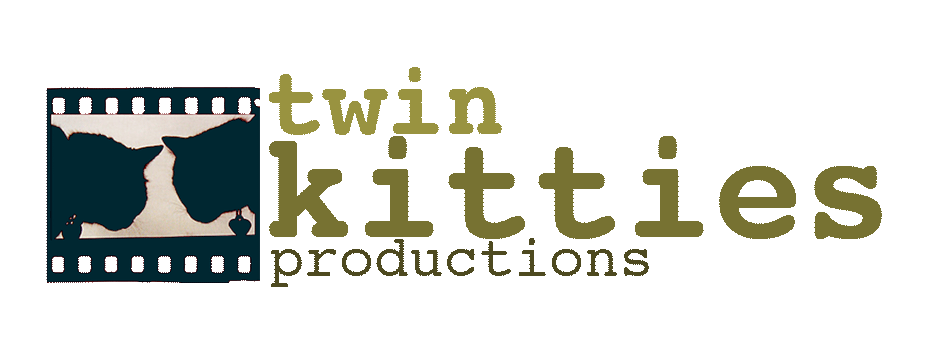Writing the Press Release.
What’s your angle?
Reporters are always working an angle. But, you may be asking yourself, “What exactly is an angle?”
An angle is the hook of the press release. What’s new, noteworthy or interesting about your story in a sentence? For example, Your film is premiering at a festival or the film won an award. It’s what’s new and interesting, and that’s why it’s press worthy.
Writing the press release.
You can choose to write the press releases yourself or get someone else to write if for you. Writing press releases isn’t that difficult or time consuming, but if writing in general is not your strong suit, then you may be better off getting someone else to do it. If you don’t know a friend that’s a good writer, you might try getting in touch with the writing lab at your local college and seeing if they have someone who could do it on the cheap.
Whatever you decide to do, the press release is ultimately your responsibility, and there are some basics you need to know to make sure that whatever you end up with will help you get media coverage.
There is a general format that is standard for all press releases, and it goes something like this:
Releases can be uploaded to the internet in pdf format and linked to an email pitch to a newspaper. They will provide the journalist with the basic information they need, in order to determine if your story is worth covering.
At the top of the release, you will find the words FOR IMMEDIATE RELEASE, printed in all capital letters, and formatted to the left.
Skip a line and then underneath type the contact information for the release. This should be the name, email address and phone number of the person you want to be responsible for handling the press, which generally will be you, unless you have a co-producer that is just better at this sort of thing than you are.
Headline’s should be typed in a larger font than the release and formatted in Bold to draw the readers attention. They should be kept short (generally no longer than one line) and are designed to get attention. In general, the most important information about the story you are pitching should be contained in the headline, and it should reveal your angle.
Insert a dateline in parentheses before the start of the first paragraph. A dateline gives the city and the date of when the press release is written.
The body of the release.
This is the real meat of the story. This is where you flesh out your angle: Tell them where the film is premiering. What the film is about. Who the filmmakers are. Why anyone wants to see the film. That should all be in there.
In general, these paragraphs are written in block form. There are no indents at the beginning of a paragraph. Generally, I skip a line between paragraphs to show that a new one is starting.
Most press releases should run about the length of what’s printable on a single page. So if your release runs longer (say 2 pages, or even a page and a half) then you really should go back and edit out some information.
As with all writing, the basics of grammar, spelling and usage apply. There is no faster way to get a journalist to ignore you than to send them a press release full of typos, and bad grammar. They just won’t take you seriously. So, before you post it, proofread it. Then wait a day. Then proofread it again.
